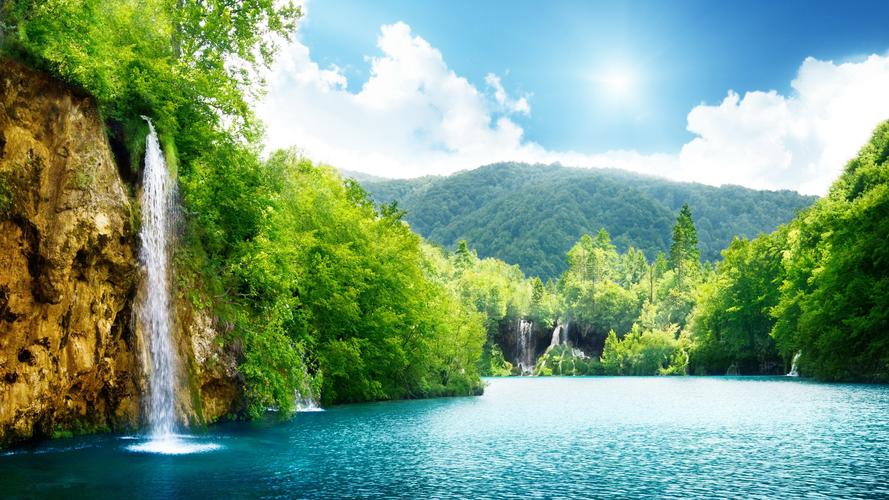Guatemala, a small country in Central America, is renowned for its vibrant culture, rich history, and traditional practices that have endured for centuries. Despite facing numerous challenges over the years, including colonization, political instability, and natural disasters, the people of Guatemala have continued to preserve their unique cultural heritage, which is a source of immense pride for them.
One of the distinctive aspects of Guatemala’s cultural heritage is its traditional practices, which are deeply ingrained in the daily lives of its citizens. From the Mayan civilization to the colonial era, these customs have been passed down from generation to generation and are still prevalent today. Let’s take a closer look at some of these traditional practices.
Mayan Language and Calendar:
The Mayan civilization was known for its exceptional understanding of astronomy, mathematics, and time. The Mayan calendar is still used for agricultural purposes, as it is one of the most accurate calendars in the world. Moreover, the Mayan language is still spoken by a large population of Mayans in Guatemala, and there are efforts underway to preserve and promote it.
Textiles:
Guatemala is famous for its beautiful handwoven textiles made by the indigenous women of the country. These textiles feature intricate designs and patterns representing the culture and history of the Mayan people. The process of making these textiles is time-consuming and requires a lot of skill and patience. However, it is an essential source of income for the women and their families.
Food:
Guatemala has a rich culinary history that has been influenced by various cultures over the years. Traditional Guatemalan dishes often feature corn, beans, and chili peppers, which are staple ingredients in Mayan cuisine. Additionally, Guatemalans use a lot of fresh fruits and vegetables in their diet, making it a healthy and balanced diet.
Religious Festivals:
Guatemala is a predominantly Catholic country, and religious festivals are an essential part of its cultural heritage. Some of the main religious celebrations include Semana Santa (Holy Week), which is celebrated with processions and parades throughout the country, and the Day of the Dead, which is a day to honor and remember the deceased.
In conclusion, Guatemala’s rich cultural heritage is reflected in its traditional practices that have been passed down from generation to generation. These customs have endured despite numerous challenges and continue to be an essential part of the daily lives of Guatemalans. By preserving and promoting these traditions, Guatemala can ensure that its unique cultural heritage will continue to thrive for generations to come.
(Note: Do you have knowledge or insights to share? Unlock new opportunities and expand your reach by joining our authors team. Click Registration to join us and share your expertise with our readers.)
Speech tips:
Please note that any statements involving politics will not be approved.
